Topic: The Field of Battle
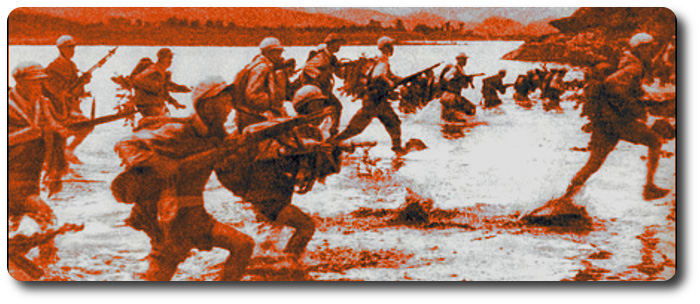
Summary of the Efficiency of Enemy Tactics (Korea)
Enemy Tactics, HQ Eighth US Army Korea (EUSAK), 1951 (Unclassified 1984)
Enemy tactics were sound and well-executed. Contrary to the popular conception of the enemy as "a screaming horde," the [North Korean] and [Chinese Communist] Forces were well-coordinated fighting machines. Enemy attacks showed considerable prior planning and good judgment for the most part.
Reconnaissance of UN positions was thorough and resulted in many penetrations. The extensive use of guerrilla activity, especially during the days of the PUSAN perimeter and the INCHON landing, aided the enemy's fighting machine. Tactics employed were similar to Western tactics; especially the old Patton adage of "holding them by the nose and kicking them in the pants." Envelopments were widely used. It is believed that air superiority, firepower, and mobility of the UN Forces provided the difference between the two forces.
Defensively, the enemy used the same tactics, on the whole, as UN Forces; namely, that of trading terrain in an effort to gain time and inflict maximum losses on the opposition. After May 1951, the enemy the enemy adhered to the principle of the main line of resistance, and proved a stubborn, tenacious foe to dislodge. Massed artillery fire and hand-to-hand assaults were necessary to clear the enemy defensive positions.
Certain definite disadvantages to the enemy were noted in the tactics he employed. Definite offensive indications were conspicuous before every attack. This enabled UN Forces to prepare themselves. Since the enemy attacks followed a definite pattern in all cases, UN Forces were able to take appropriate defensive measures.
Another weakness noted in enemy tactics was his inability to sustain an offensive, especially at lower unit levels. This was caused by the damage inflicted on his supply system by UN air and artillery. Consequently, each enemy soldier carried approximately a week's supply of food. When this was exhausted, the enemy attack lost momentum, and finally stalled. Undoubtedly winter weather hindered the resupply of enemy rear installations. This was due to the scarcity of natural camouflage and to the good flying weather available to UN aircraft.
The advantage of the enemy's superior manpower became a disadvantage in the face of UN fire superiority. Enemy troops became demoralized and confused; units were difficult to control because of inadequate communications; and logistical support was difficult. The capture of many enemy troops suffering wounds indicated that Communist medical support was limited.
All in all, the Communist Force employed in Korea was a capable opponent which employed sound basic principles of war.



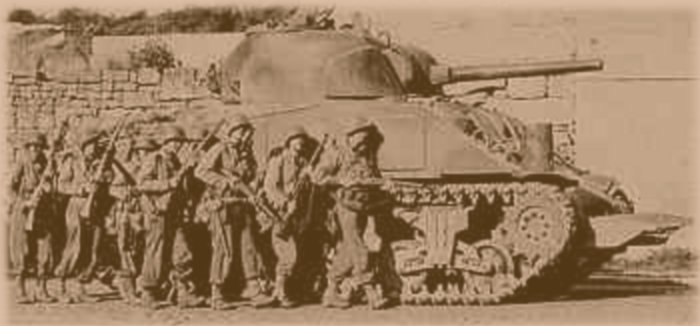
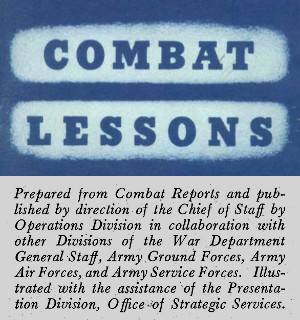 Combat Lessons, Number 2, September 1946
Combat Lessons, Number 2, September 1946

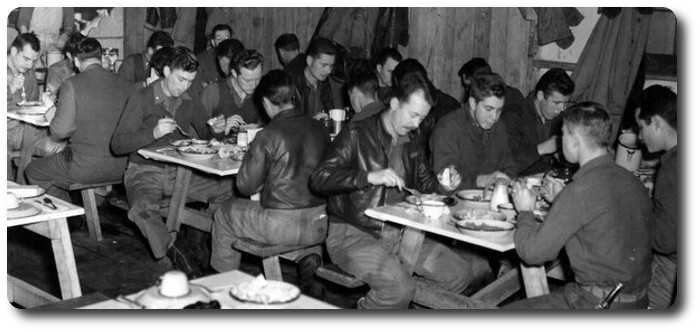
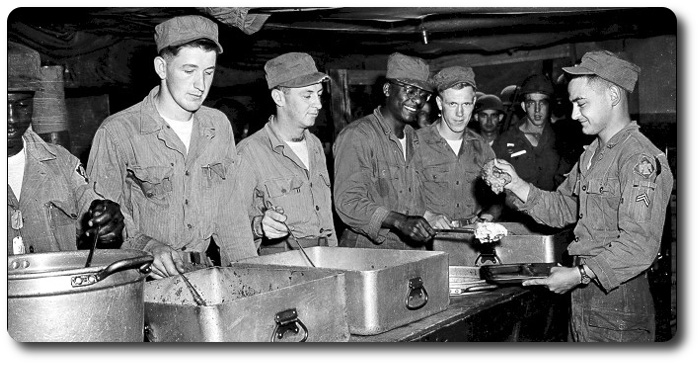
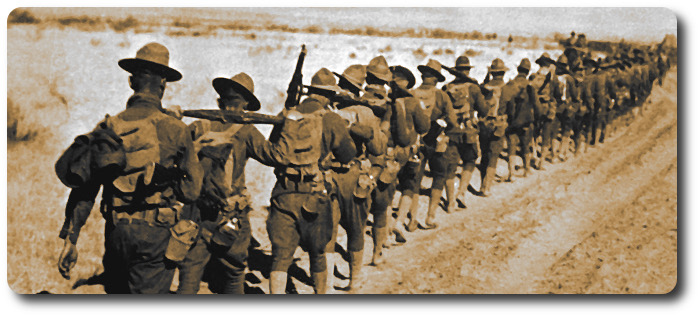

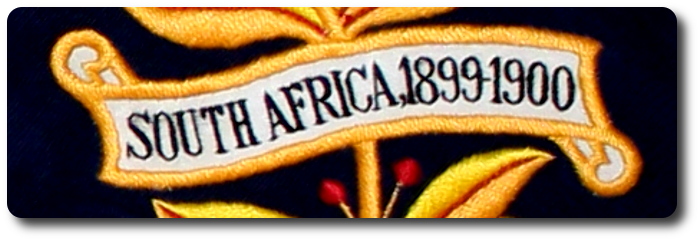
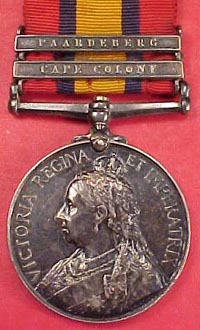 Color Sergeant Thompson of 40 Gwynne Avenue, [Toronto], now with the Second Battalion, Royal Canadian Regiment, in South Africa, writes home:
Color Sergeant Thompson of 40 Gwynne Avenue, [Toronto], now with the Second Battalion, Royal Canadian Regiment, in South Africa, writes home:

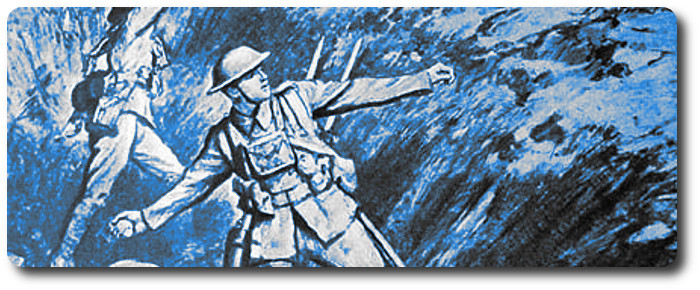
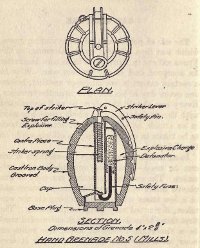 An Irish officer, writing from the British Front in Flanders about bombs and bomb-throwing contrivances, says:
An Irish officer, writing from the British Front in Flanders about bombs and bomb-throwing contrivances, says:
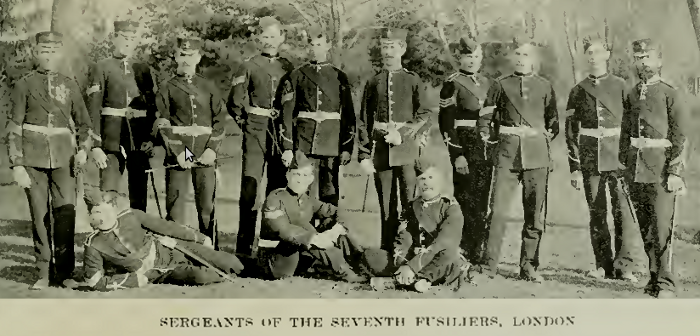
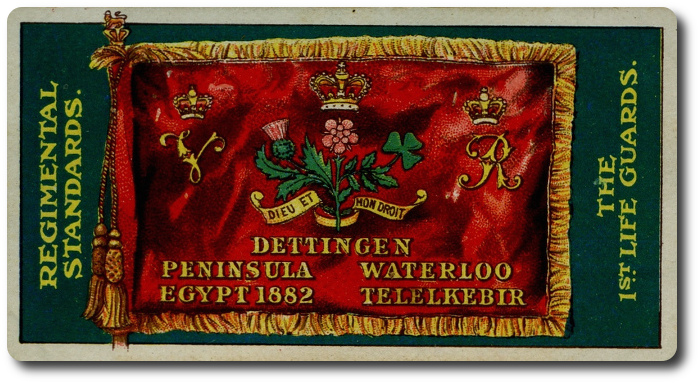


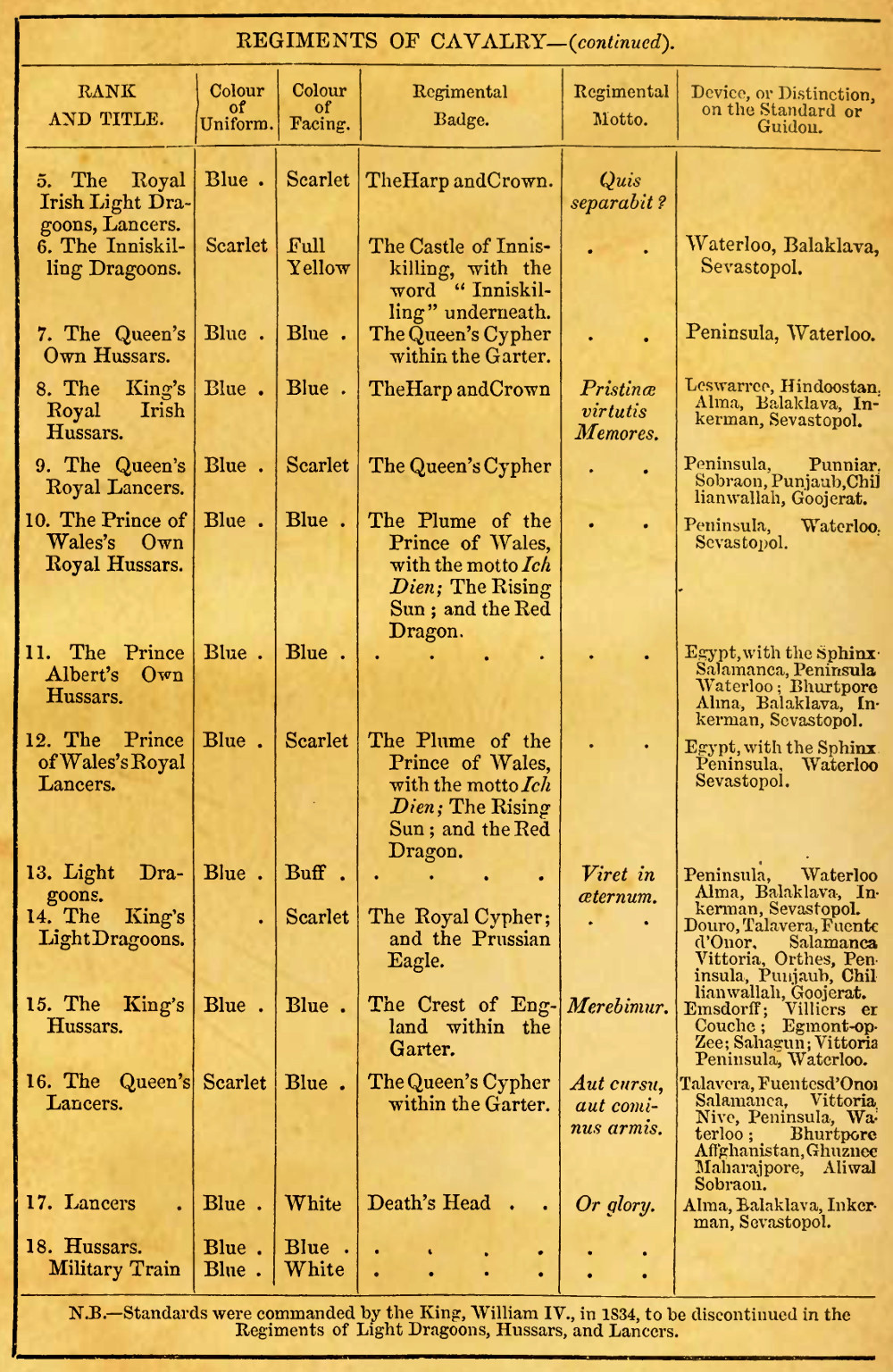
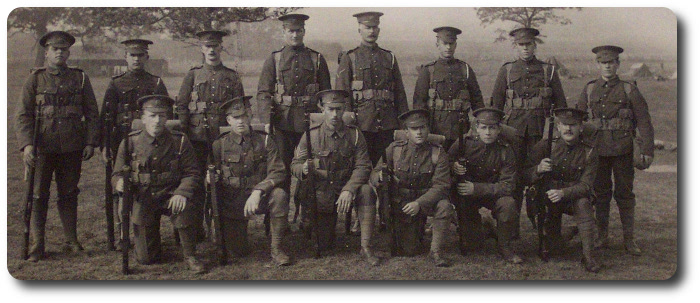
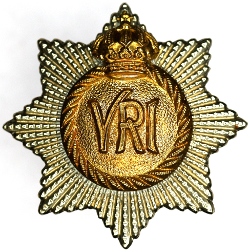

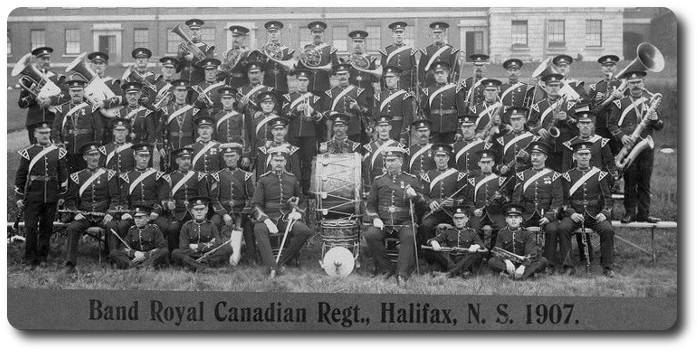
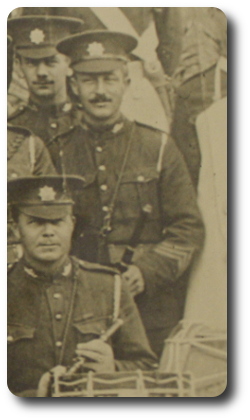 The Quebec Saturday Budget, 6 January 1906
The Quebec Saturday Budget, 6 January 1906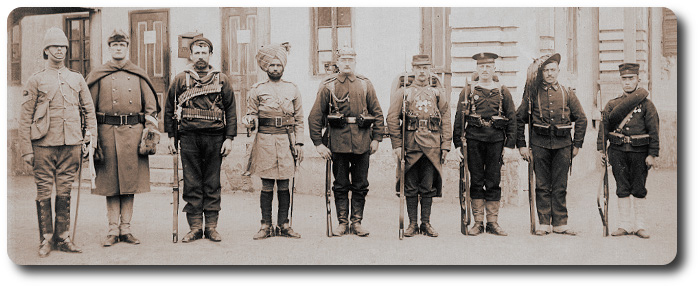

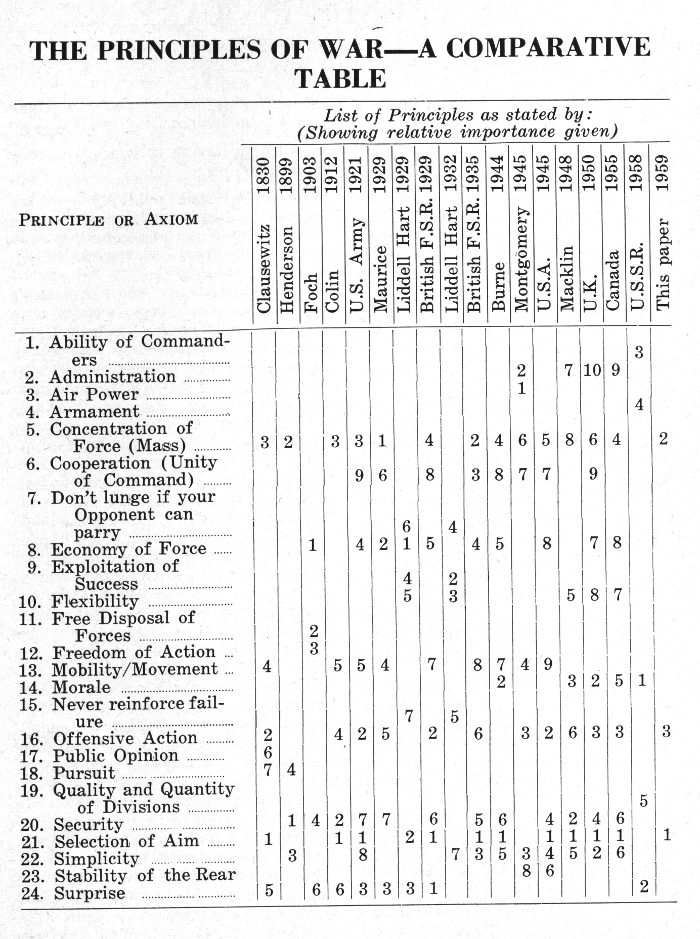
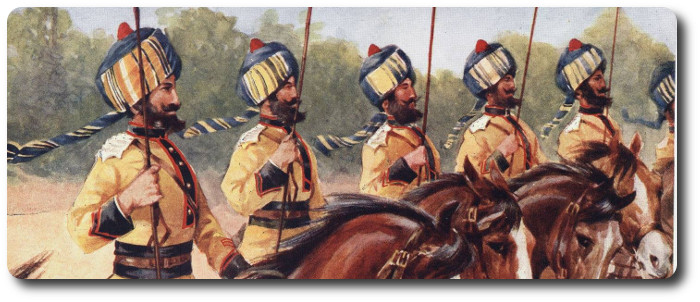
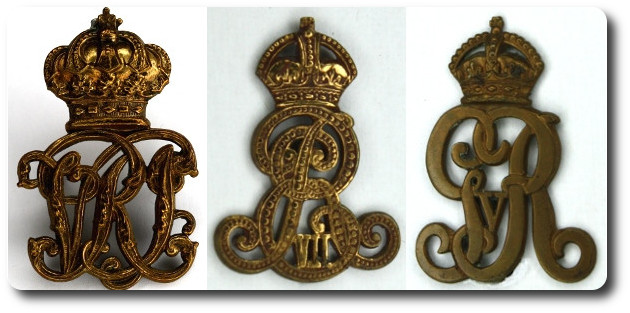
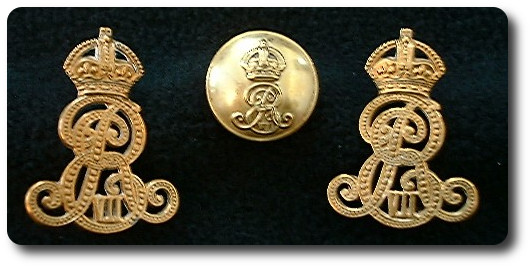
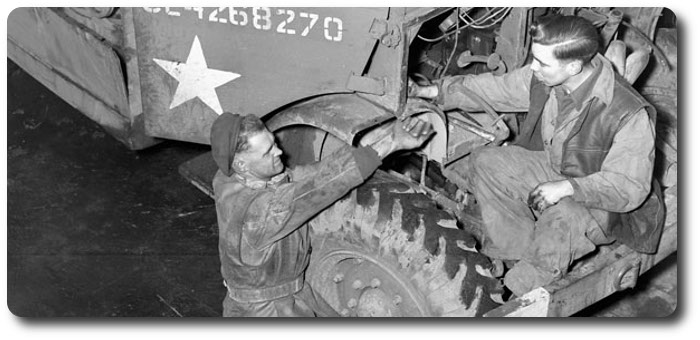
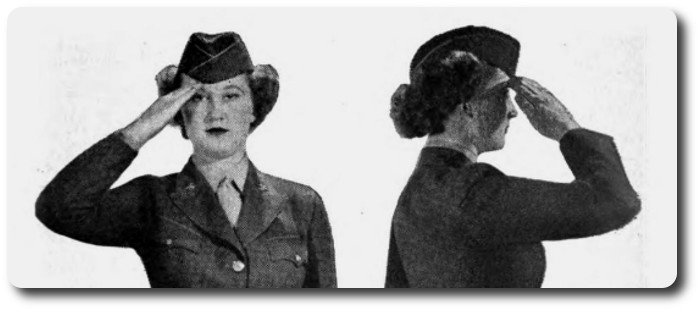
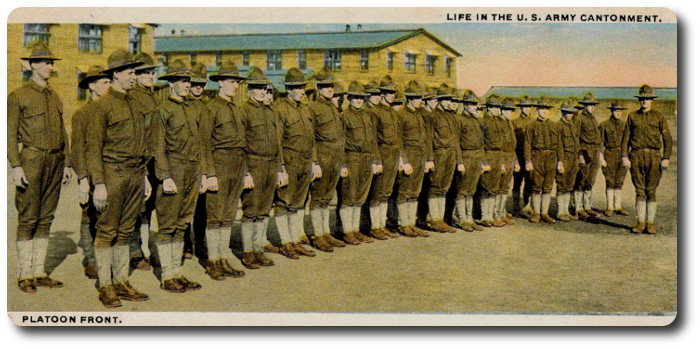
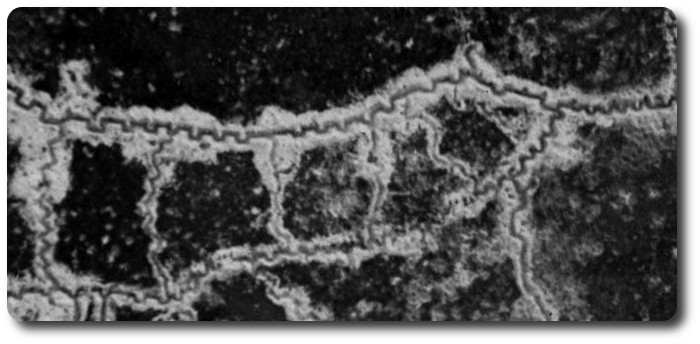
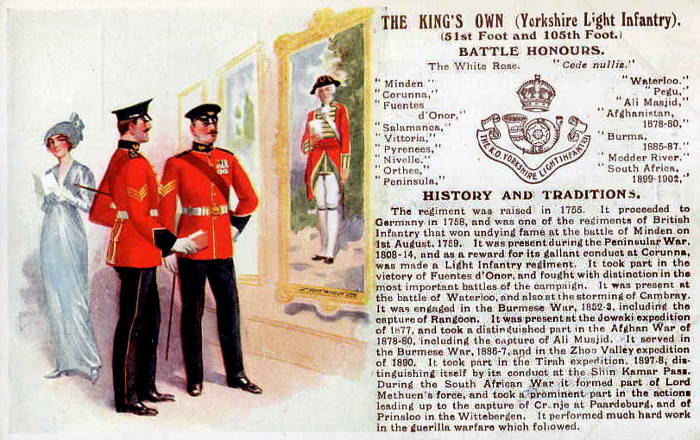
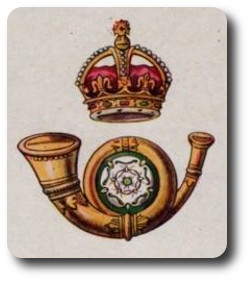 Mr. Powell interjected, The Yorkshire Light Infantry! I was in that regiment myself. I remember the man now.
Mr. Powell interjected, The Yorkshire Light Infantry! I was in that regiment myself. I remember the man now.